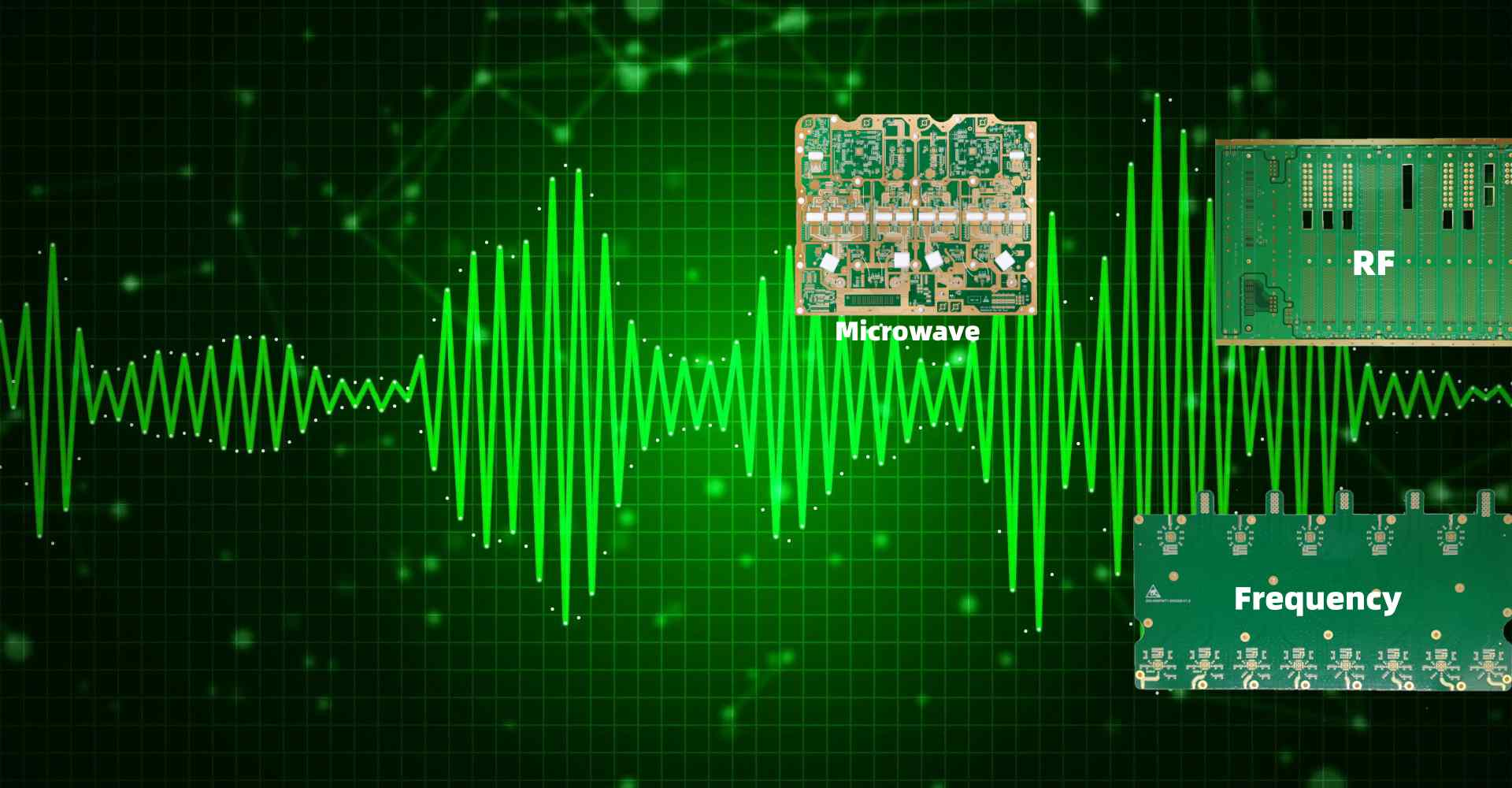Introduction
Rogers Corporation is a leading manufacturer of high performance materials for a variety of applications including thermal management solutions. Their innovative materials provide effective thermal conductivity and insulation for products across industries like automotive, aerospace, consumer electronics and more. In this article, we will explore some of the top Rogers materials used for thermal solutions and their key properties.
Rogers Thermal Materials
CURAMIK® Ceramic Substrates
CURAMIK ceramic substrates provide high thermal conductivity and electrical insulation. Key features:
- High thermal conductivity (up to 180 W/mK)
- Low thermal expansion coefficient
- High thermal shock resistance
- Ideal for power modules and converters
RO3000® Series Circuit Materials
The RO3000 series includes laminates and prepregs for printed circuit boards requiring excellent dielectric properties.
- Low dielectric loss for high frequency applications
- Tight dielectric constant tolerance
- Good thermal conductivity
- UL 94 V-0 flame resistance
RO4000® Series Circuit Materials
RO4000 materials are glass fabric reinforced laminates and prepregs for radio frequency (RF) and microwave circuits.
- Low dielectric constant and loss
- Excellent thermal conductivity
- Tight dielectric constant tolerance
- Low Z-axis expansion
PORON® Foam Materials
PORON foams provide insulation, sealing, impact absorption and vibration damping.
- Low thermal conductivity
- Noise dampening
- Cushioning against shock and vibration
- Compression set resistance
- Flame resistance
COOLSPAN® TECA Film
COOLSPAN TECA thermally conductive adhesive films offer efficient heat transfer for bonding and gap filling.
- High thermal conductivity
- Electrically isolating
- Strong shear and peel strength
- Thin bond lines
Key Applications

Rogers thermal management materials are used in:
- Power electronics – CURAMIK substrates handle high power densities in power converters and inverters. PORON foams provide thermal insulation.
- Automotive – CURAMIK removes heat from power control units. PORON isolates electronics from heat and vibration.
- Aerospace – RO3000 and RO4000 materials withstand extreme temps for avionics. PORON dampens noise and vibration.
- Consumer electronics – COOLSPAN TECA films dissipate heat in smartphones, laptops and game consoles.
- Medical – RO3000 materials perform well in implantable devices like pacemakers.
Conclusion
Rogers offers a diverse portfolio of thermal management solutions. Their materials provide thermal conductivity, electrical insulation, moisture resistance and other properties vital for effective heat transfer and dissipation. As electronics become more compact and powerful, Rogers materials will continue enabling thermal designs across critical applications.
Frequently Asked Questions
What are some key properties of Rogers thermal management materials?
Some key properties include:
- High thermal conductivity to transfer heat efficiently
- Low thermal expansion for reliability during temperature changes
- Electrical insulation abilities
- Flame resistance and UL rating
- Vibration dampening
- Moisture resistance
How are Rogers materials used in consumer electronics?
Consumer electronics like phones and laptops benefit from Rogers’ COOLSPAN thermally conductive films. The films quickly spread heat away from heat sources like processors and LEDs to prevent overheating. This improves product life span.
What industries use Rogers the most?
The automotive and aerospace industries use Rogers extensively for thermal solutions. Materials like CURAMIK ceramic handle the intense heat densities in auto power systems. PORON foam insulates aerospace avionics from temperature swings.
How do Rogers materials improve medical devices?
For medical implants like pacemakers, Rogers’ RO3000 series provides electrical insulation and moisture resistance to protect internal electronics. The materials withstand repeated sterilization and perform reliably in the body’s warm, wet environment.
What new Rogers thermal materials are in development?
Rogers conducts continual R&D to improve existing materials and create new solutions. Some areas of focus include materials for higher frequency communications, curved electronics, and additive manufacturing.

Leave a Reply